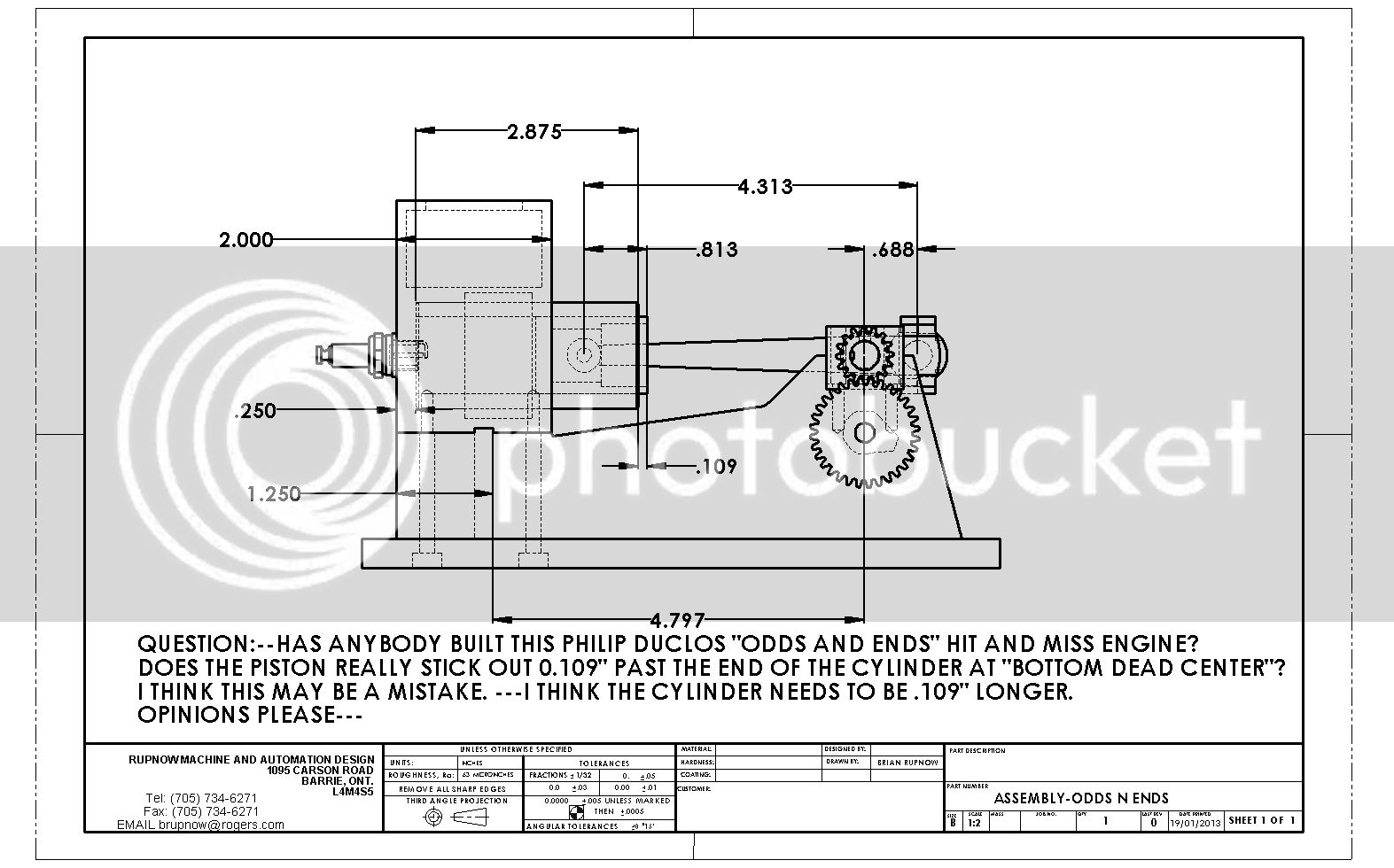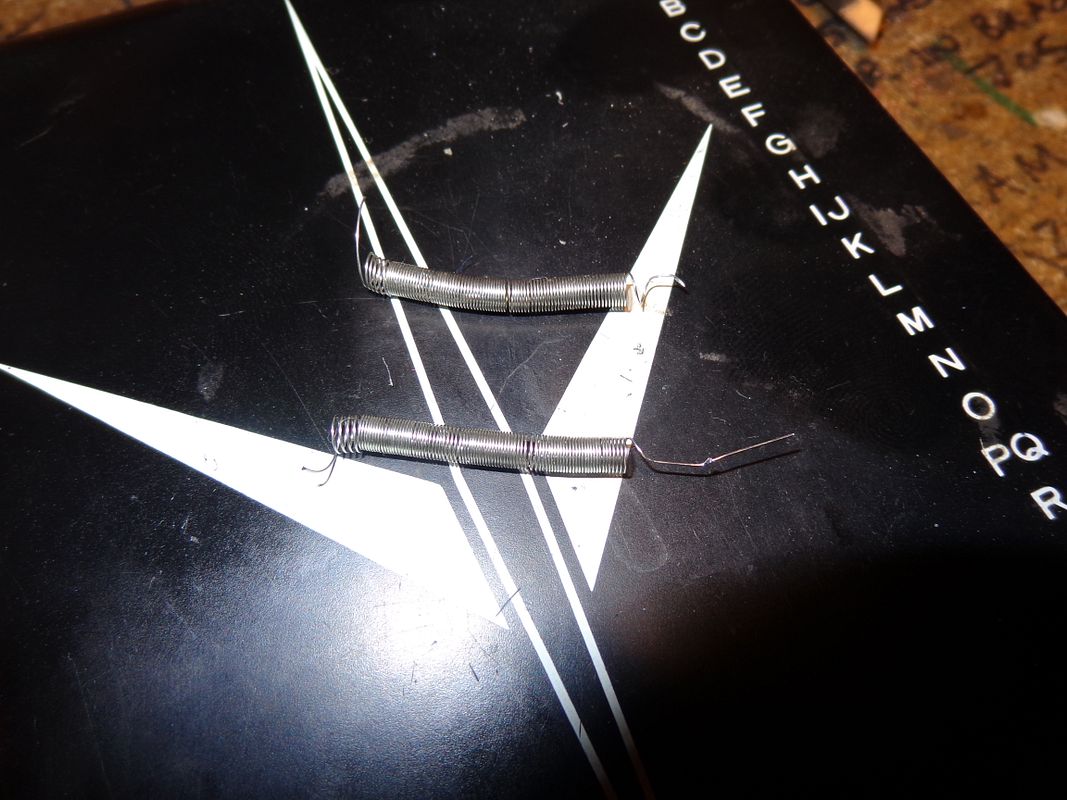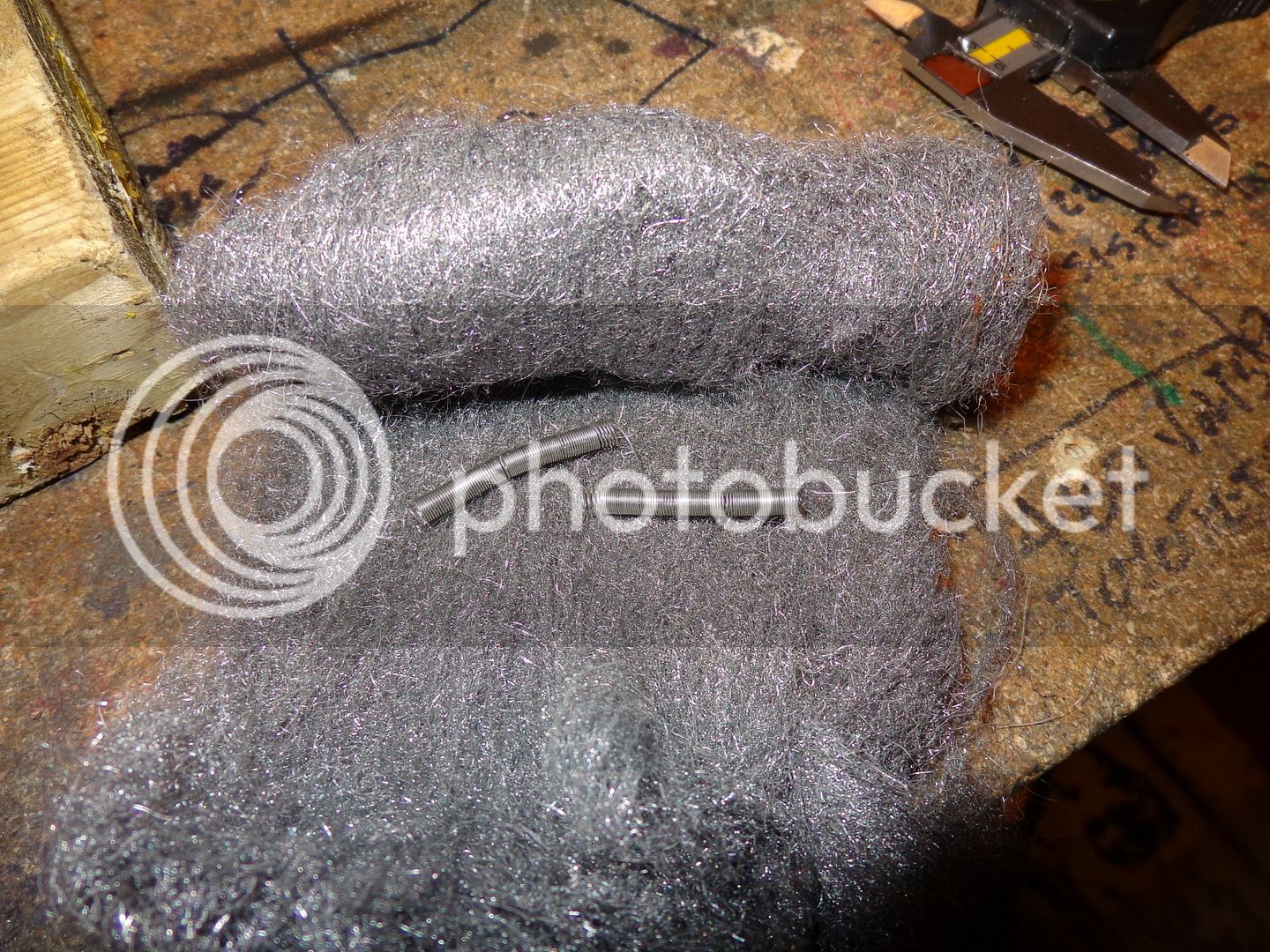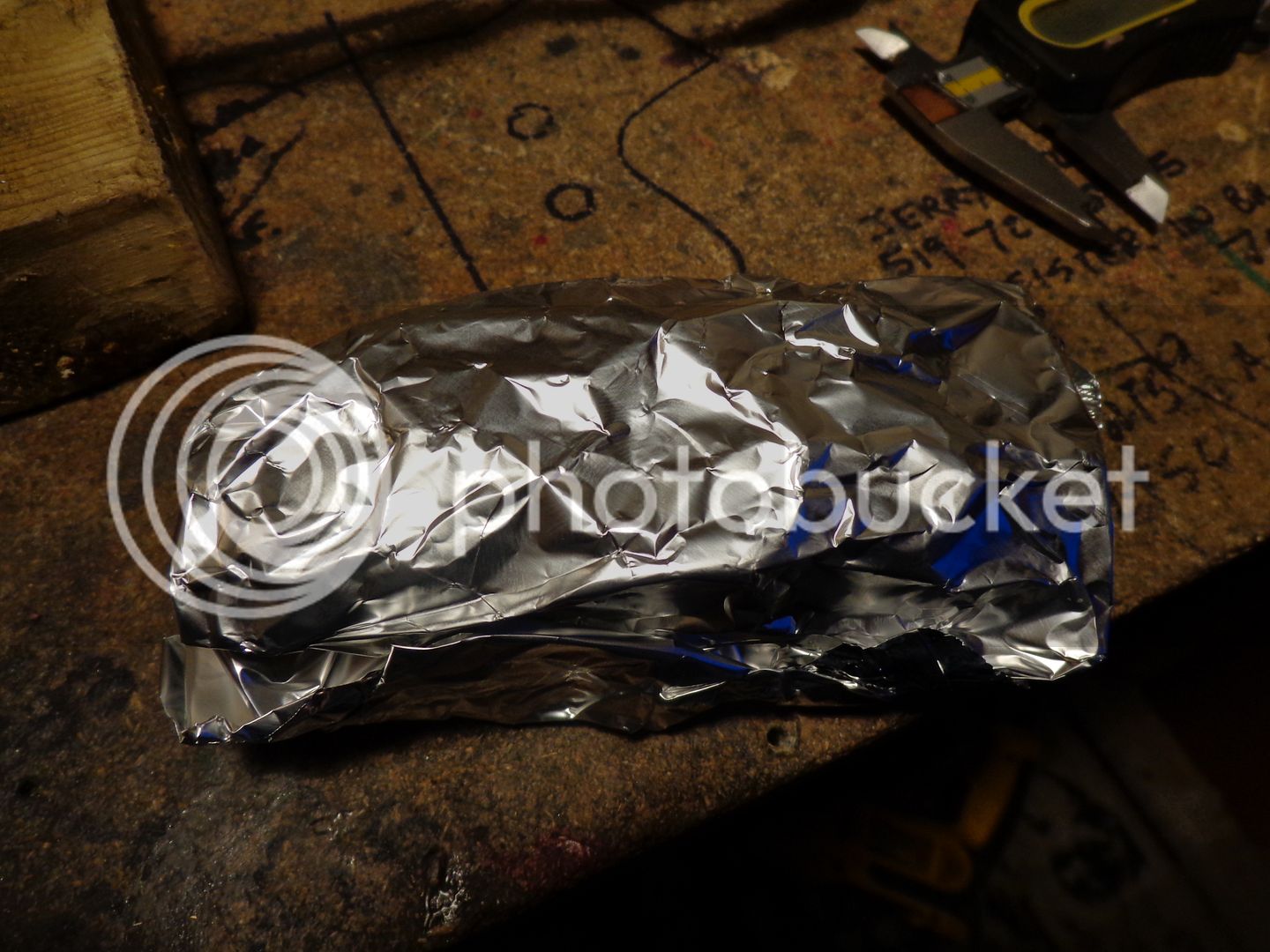jixxerbill
Well-Known Member
- Joined
- Jan 11, 2013
- Messages
- 114
- Reaction score
- 24
Great job Brian.. Im glad you got it running like it should bud..Bill

Congrats Brian. I knew you'd get it. th_wavth_wav
So now that you know it was the points are you going to give the old piston and cast iron ring a try?
Ron
Pistons protruding below cylinder at BDC seemed to work fine on older car engines. It wasn't until the 1930's that car manufacturers found they could trim back on piston skirts for less weight and the engine would still run.A question for anyone who may have built this engine. Does the piston skirt REALLY stick out .109" beyond the cylinder when the piston is at bottom dead center? This doesn't seem right to me. Be aware that I have changed the left hand end of the sideplates to come out flush with the back side of the cylinder water jacket, but I haven't changed any of the mathematical relationships given in the drawings in Philip Duclos' book.---Brian

![DreamPlan Home Design and Landscaping Software Free for Windows [PC Download]](https://m.media-amazon.com/images/I/51kvZH2dVLL._SL500_.jpg)










Starnovice--Thank you!!! 5 years ago I built my first wobbler. It affected my so profoundly that I know how Dr, Frankenstein must have felt. I HAD CREATED LIFE!!!! I have been a technology hack all my life, both in my professional capacity as mechanical design engineer and in my hobby, drag racing and building hotrods. Now I had a new outlet for my mechanical soul. Since I enjoy technical writing and the fellowship of like minded folks around the world, forums like this were made for me. I have learned a lot, and my machining abilities have come a long way in 5 years. Now, 18 or 20 engines and nifty things to run with them have came to life in my shop and my flame still burns hot. Thank you to you and everyone who reads and follows my posts.---Brian



Thanks Chuck. I couldn't wait for your answer, so I forged ahead and used the same wire dia. that worked so well on the Kerzel for me. Sometimes I forget that other people actually have a life, and don't spend all their time roosting on the forums!!!;D;D
